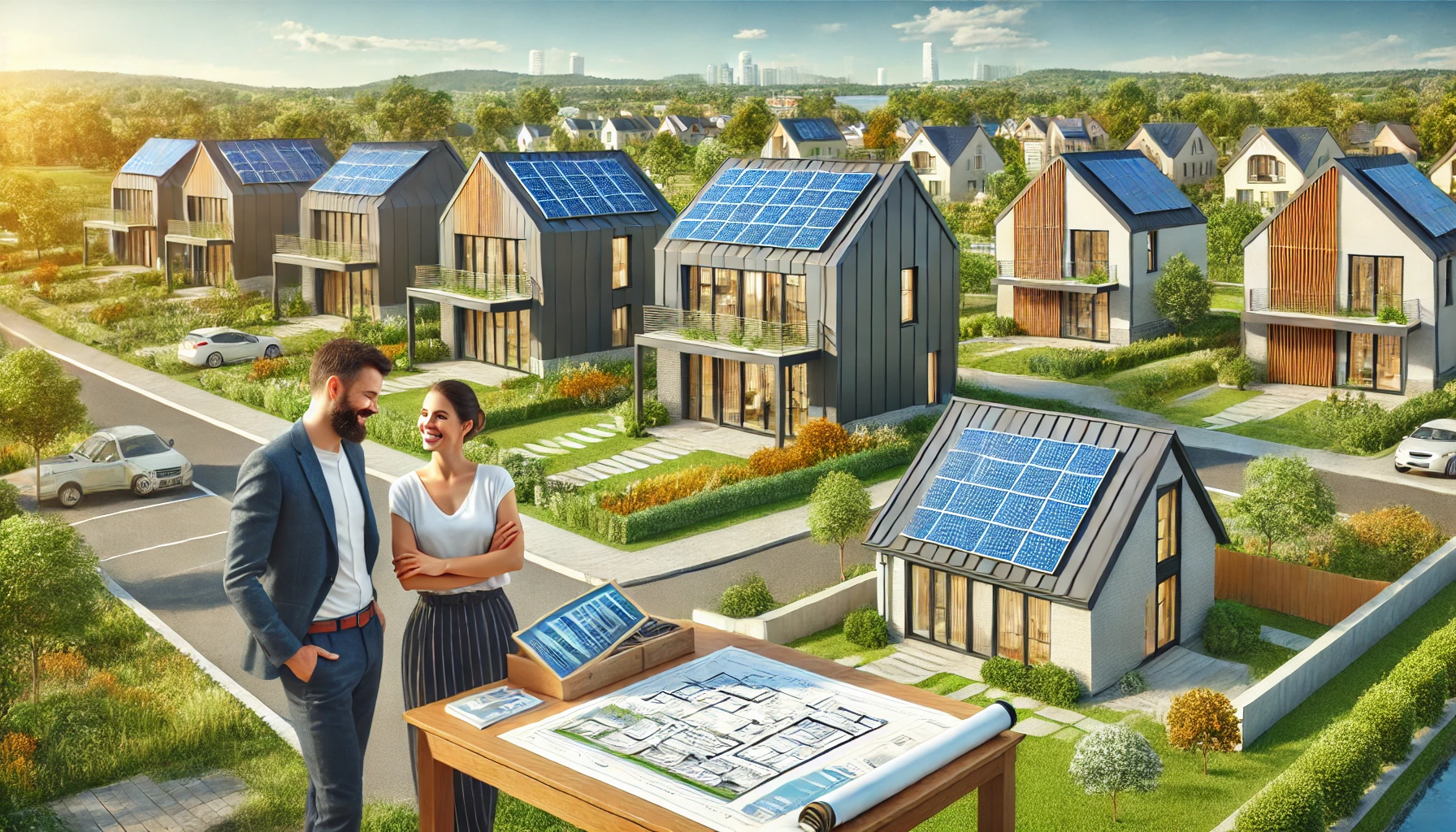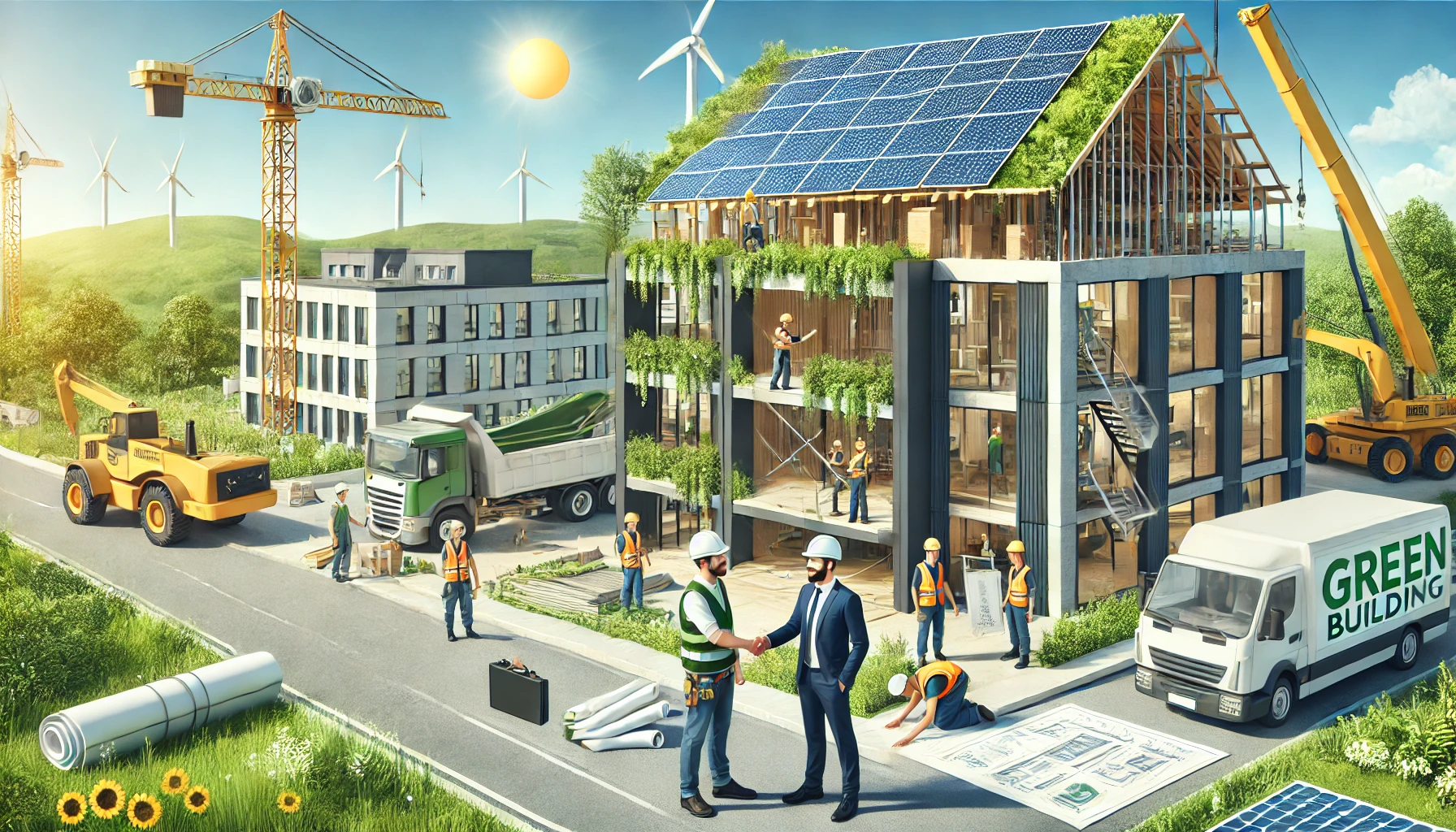The construction industry is undergoing a significant transformation as sustainability becomes a central focus. As the world grapples with climate change and environmental degradation, the demand for eco-friendly building materials is rising. These materials not only reduce the carbon footprint of construction projects but also offer numerous benefits to both builders and buyers. Sustainable building materials, such as laminated bamboo lumber, PVC, MDF, and sustainably sourced wood, are leading the way in this green revolution.
In this blog post, we will explore the economic benefits of investing in green building materials. We will discuss how these materials can lead to cost savings, increased property values, and better health outcomes. Additionally, we will look at the broader economic impact, including job creation and global economic trends. By the end of this post, you will understand why choosing sustainable building materials is a smart financial decision for both builders and buyers.
Understanding Green Building Materials
Definition and Examples
Green building materials are those that are environmentally responsible and resource-efficient throughout their lifecycle, from extraction through to disposal. These materials include laminated bamboo lumber, which is highly durable and rapidly renewable; PVC, a versatile plastic that can be recycled; MDF made from recycled wood fibers; and sustainably sourced wood, which is harvested in a way that preserves the environment. Other notable examples are recycled steel, which reduces the need for mining new iron ore, and reclaimed wood, which repurposes existing materials to reduce waste.
Advantages of Green Building Materials
The advantages of green building materials extend beyond environmental benefits. They help reduce waste and lower carbon emissions, contributing to a healthier planet. For example, using bamboo lumber can reduce deforestation, while recycled steel significantly cuts down on energy consumption compared to new steel production. Health benefits are also notable; green materials often contain fewer toxic substances, leading to improved indoor air quality and overall well-being for occupants.
Economic Benefits for Builders
Cost Savings in Construction
While the initial cost of green building materials can be higher than traditional materials, they offer substantial long-term savings. These materials are often more durable and require less maintenance, reducing repair and replacement costs over time. For instance, bamboo lumber is known for its strength and resistance to pests, minimizing maintenance expenses. Energy-efficient materials like high-performance insulation and windows reduce heating and cooling costs, leading to significant savings on utility bills.
Increased Market Value
Green-certified buildings are increasingly in demand, commanding higher property values. As consumers become more environmentally conscious, they are willing to pay a premium for homes and commercial properties that incorporate sustainable materials. This enhanced marketability translates to quicker sales and higher profits for builders. Studies have shown that green buildings can sell for up to 10% more than conventional buildings, providing a lucrative return on investment.
Incentives and Tax Benefits
Governments around the world are incentivizing the use of sustainable materials through rebates, tax credits, and grants. In the United States, programs like the Federal Tax Credit for Energy Efficiency and various state-level incentives can significantly reduce the financial burden on builders. These incentives make it more economically feasible to adopt green building practices, further boosting the appeal of sustainable construction projects.
Economic Benefits for Buyers
Lower Utility Bills
One of the most immediate benefits for buyers is the reduction in utility bills. Green building materials, such as energy-efficient windows, solar panels, and high-performance insulation, drastically reduce energy consumption. Homeowners can save hundreds of dollars annually on heating, cooling, and electricity costs. Over the lifespan of a home, these savings can add up to thousands of dollars, making green homes a cost-effective choice.
Health and Productivity Improvements
Living in a green-certified building can lead to better health outcomes. Materials that emit fewer volatile organic compounds (VOCs) contribute to cleaner indoor air, reducing respiratory issues and other health problems. Additionally, green buildings often incorporate natural lighting and better ventilation, which have been shown to increase productivity and overall comfort. Healthier living environments can also reduce medical costs and improve quality of life.
Resale Value and Investment
Green homes tend to retain their value better than conventional homes. As sustainability becomes more mainstream, the demand for eco-friendly properties is expected to grow, ensuring a strong resale market. Buyers can view green homes as a long-term investment that not only saves money on utilities and maintenance but also holds promise for higher resale value.
Broader Economic Impact
Job Creation and Local Economies
The growth of the green building sector has a positive ripple effect on local economies. The increased demand for sustainable materials and technologies creates jobs in manufacturing, construction, and design. According to the U.S. Green Building Council, the green building industry is expected to create millions of jobs over the next decade. This job creation supports local economies, as many green building materials are sourced and produced locally.
Global Economic Trends
On a global scale, the shift towards sustainability aligns with broader economic trends. Investors are increasingly recognizing the value of sustainable practices, leading to a surge in green bonds and sustainable investment funds. The International Finance Corporation estimates that the green building sector represents a $24.7 trillion investment opportunity by 2030. This trend underscores the financial viability of green building materials and practices.
Challenges and Solutions
Common Misconceptions
One of the biggest misconceptions about green building materials is that they are prohibitively expensive. While some sustainable materials do have a higher upfront cost, the long-term savings in energy, maintenance, and health benefits often outweigh the initial investment. Educating stakeholders about these long-term economic benefits is crucial in overcoming this misconception.
Barriers to Adoption
Adopting green building materials can face barriers such as lack of awareness, higher upfront costs, and limited availability. To overcome these challenges, builders and buyers can leverage incentives, seek out local suppliers, and prioritize materials that offer the best return on investment. Collaboration with industry leaders and participation in sustainability certifications can also drive broader adoption.
Conclusion
Investing in green building materials offers significant economic benefits for both builders and buyers. From cost savings and increased property values to health improvements and broader economic impacts, the advantages are clear. By choosing sustainable materials, builders and buyers can not only contribute to environmental preservation but also enjoy substantial financial rewards. We encourage you to explore the possibilities of green building materials and take a step towards a more sustainable future.
Coastal Custom Products specializes in eco-friendly and sustainable building materials, offering a wide range of products designed to meet the highest standards of sustainability. For more information, visit our website or contact us directly.



